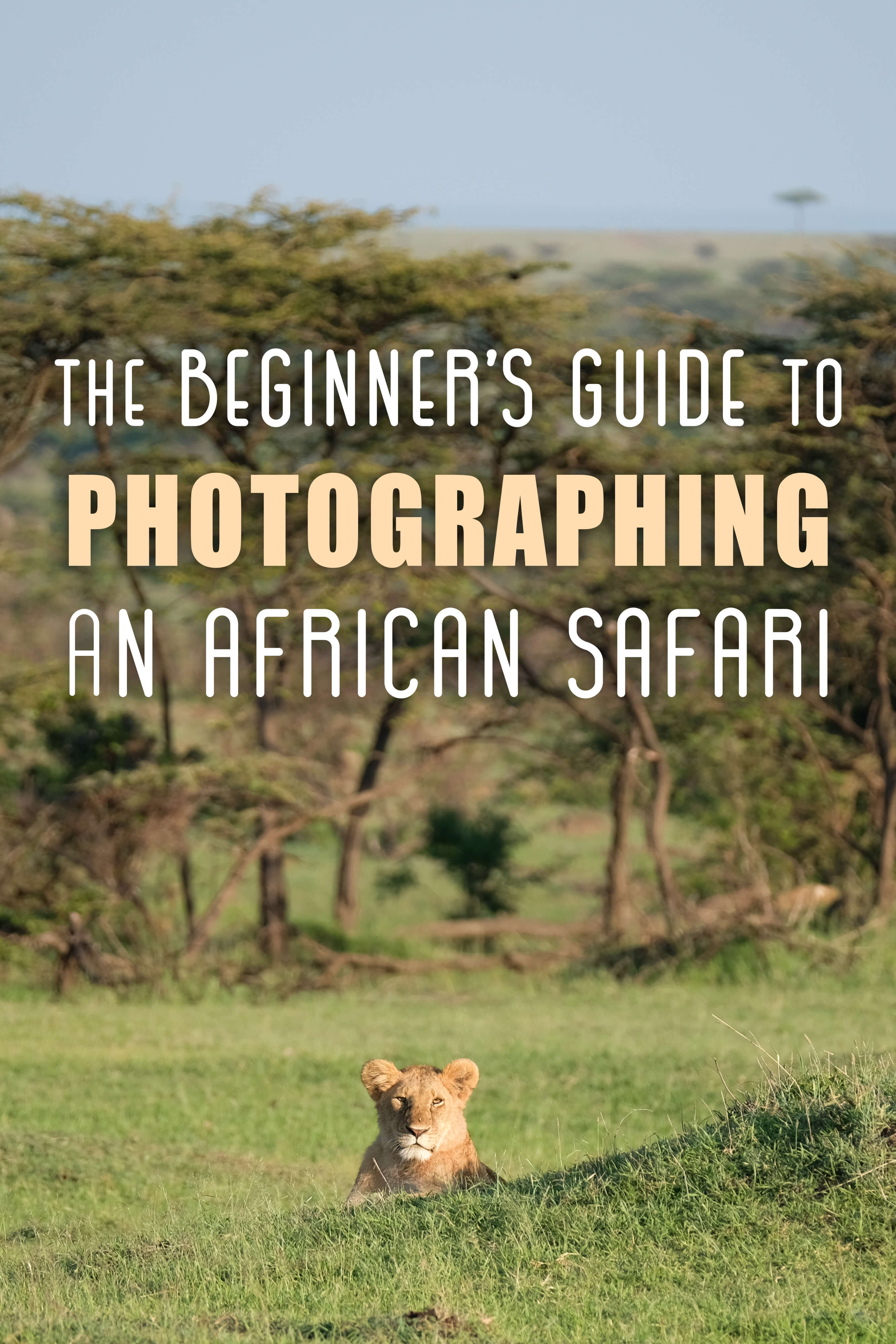
Some of the best photos I’ve ever taken are from my adventures around the African bush. With such an incredible landscape and the world’s most impressive wildlife, Africa is a photographer’s dream come true.
Here’s my beginner’s guide to photographing an African safari!
Bring the Right Camera
I never go anywhere without my FUJIFILM X-T3. This camera has been so good to me. It’s easy to use, ultra-durable, and weather-resistant (which is SO important when I’m traveling).
The camera has a compact Magnesium body and is well-balanced for handling and grip. One of the best things is that the autofocus speed is simple and accurate for tracking animals. It’s comprehensive, the continuous autofocus system is just second to none and it’ll put a 91-point system right at your fingertips so you can get the exact shot you have in mind.
In terms of other specs, the FUJIFILM X-T3 has a super fast 11 FPS shooting speed with a Vertical Battery Grip and superior color rendition thanks to its X-Trans CMOS III sensor and X-Processor Pro.
More on the FUJIFILM X-T3 Body
Helpful Tip: Whatever camera you decide to bring, make sure you know how to use it. Read the instruction manual, watch some tutorials on YouTube and experiment with different settings and conditions before you go. While you can definitely perfect your photography skills during your adventures, you’ll want to start with a solid foundation.
Know What to Expect
Depending on the destination you’re traveling to, most game drives are in the early morning, around 5 or 6am, and returning around 11am, and in the evening, around 4pm, returning just after sunset.
Helpful Tip: “safaris” are typically referred to as “game drives” around Africa.
Morning Game Drive: It is typically quite cold on the early morning game drives, so you’ll want to wear lots of layers and remove them as the morning sun gets warmer. You’ll typically get gorgeous morning light as the sun comes up.
Evening Game Drive: Your evening game drive starts when the warm sun is still up, but expect the temperature to drop quickly– especially at sunset. Most evening game drives involve a couple of hours of exploring and end with sundowners (evening drinks at sunset) and snacks before heading back. Get excited for shooting at Golden Hour!
Read More: The Ultimate Guide to Going on an African Safari
Traveling with Your Camera Gear
Going on a safari can mean small bush flights and limited cargo space. Before you figure out what you’re going to bring, make sure you know what kind of space you have available, and how much luggage you can bring.
Triple check your luggage requirements and baggage allowance if you have to take a bush flight. When traveling from Nairobi to the Maasai Mara, my flight with Safari Link had some pretty strict requirements.
Unfortunately, they only allowed 15 kgs / 33 lbs inclusive of hand luggage. That meant all of my camera gear and camera bag (zoom lenses, cameras, etc.), my purse, toiletries, and clothes all had to weigh less than what I’d normally pack in a carry-on.
I ended up having to leave behind a ton of clothes and even my tripod. It was a HUGE bummer but they are very strict with their policies. Fortunately, they offered free luggage storage. But, if you are connecting in multiple airports and not returning to your original airport, you’ll need to take everything with you.
You also might not be allowed to use a hard suitcase if they require “soft” suitcases. That means you’ll need to use a soft bag, like a duffel bag.
My advice, again, is to triple check your airline luggage requirements, pack LIGHT, and use a soft duffel bag.
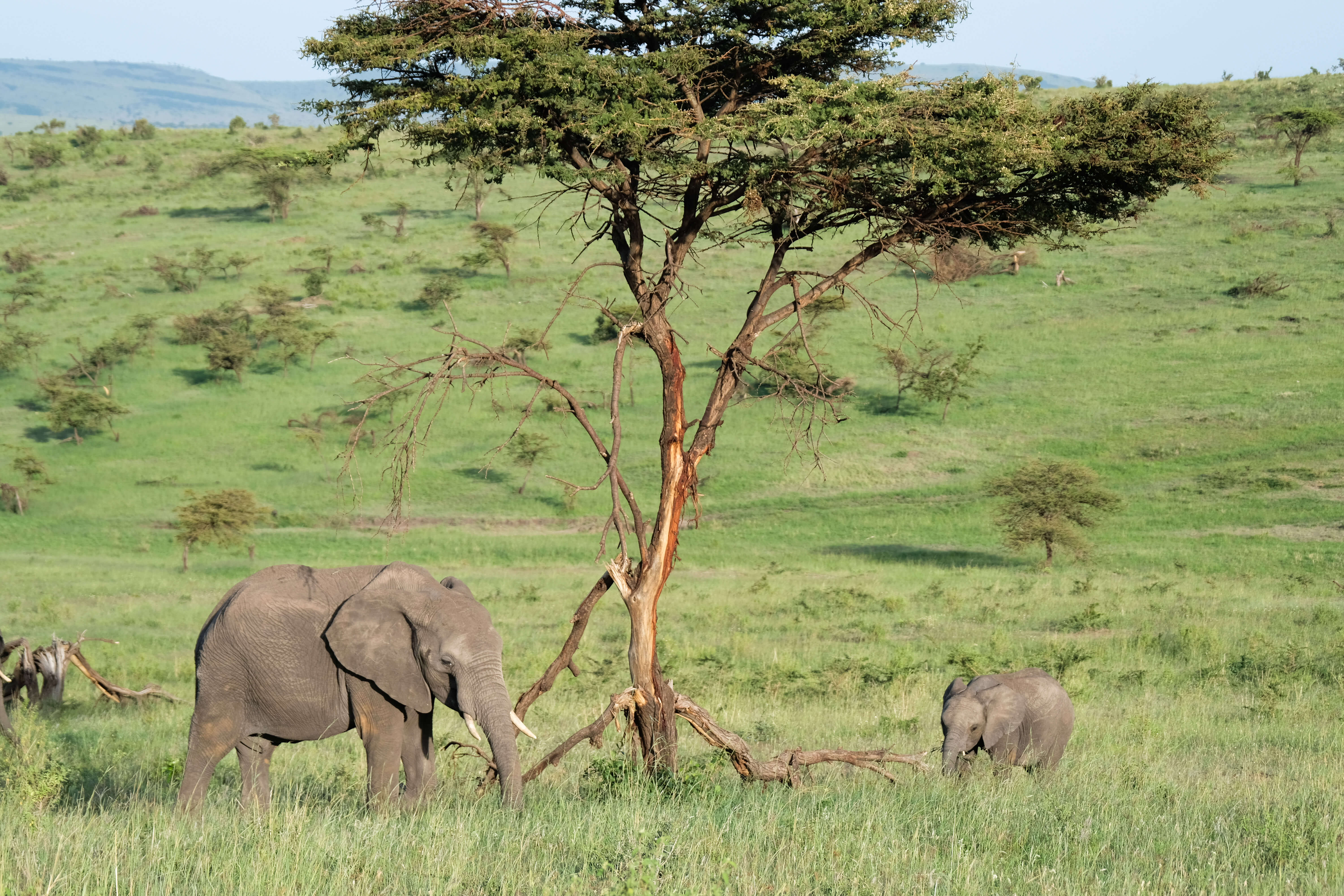
Bring the Right Lenses
A zoom lens is an absolute must on safari! But, that doesn’t mean you need to drop thousands of dollars on new gear. I always cringe when I see people on safari with a brand new, mega zoom lens, knowing they’ll most likely never use it again. My best advice is to invest in a more versatile zoom lens, or rent a powerful zoom lens you won’t be using everyday.
When traveling with expensive camera gear, you should definitely get travel insurance to make sure you’re protected! Be sure to check the coverage allowance and add any additional coverage you might need.
For the most versatile zoom lens, I love the FUJINON XF55-200mmF3.5-4.8 R LM OIS because it’s still small enough to fit in my purse! It focuses quickly and closely. It’s also got great image stabilization so it really ticks all the boxes for an African safari.
I also prefer the image-stabilized and weather-resistant FUJINON XF50-140mmF2.8 R LM OIS WR Zoom Lens + FUJINON XF1.4X TC WR Teleconverter Lens. While it’s a little larger than my other zoom lens, it has a beautiful F2.8 aperture and will give you a flawless, crisp shot that is unbeatable.
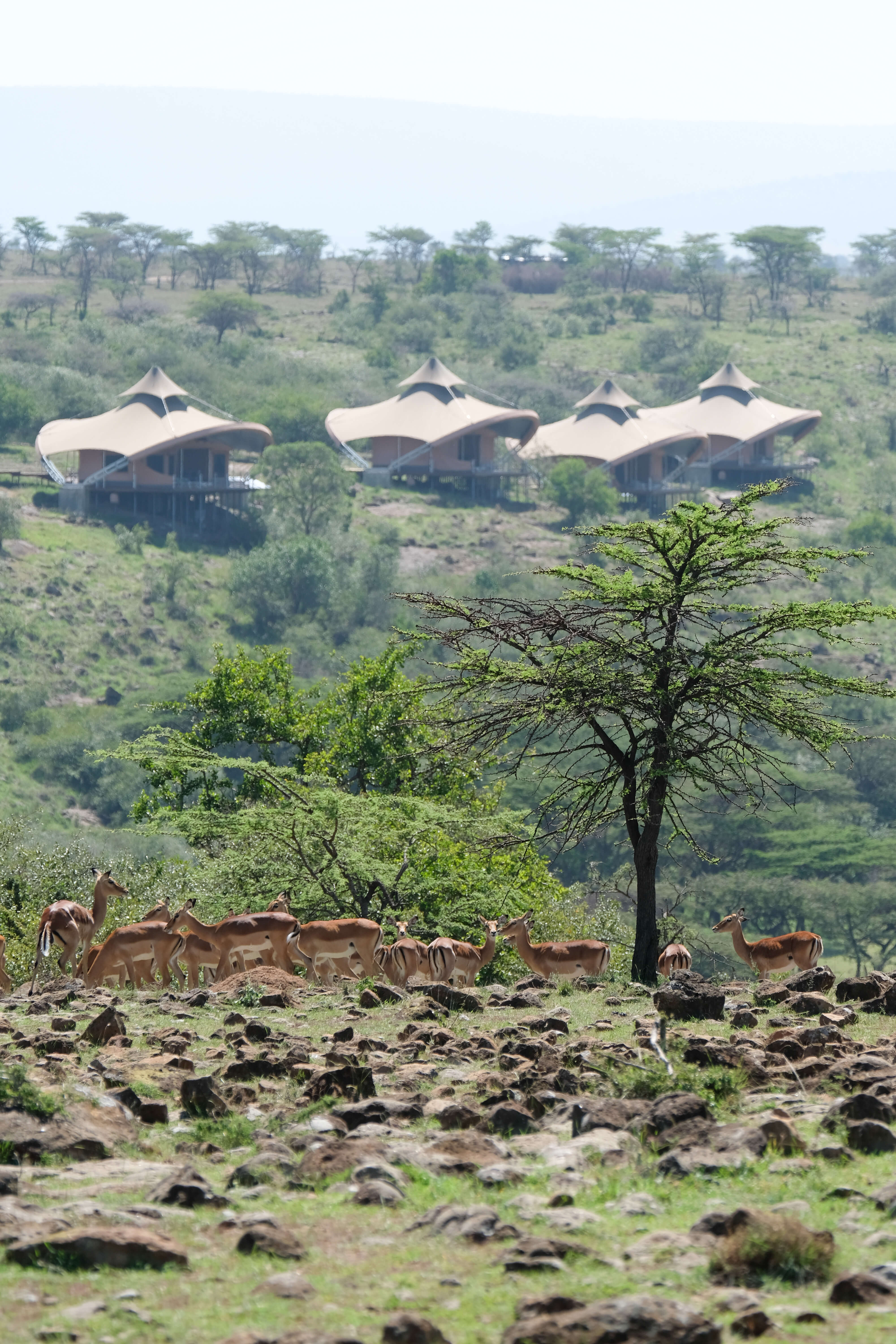
Shooting Video on Safari
Don’t forget to film some of your safari experience! I suggest bringing along a tripod and a steady hand. I find the JOBY GorillaPod to be the perfect tool for the job. It’ll ideal for stabilizing on awkward surfaces and in a safari vehicle. I hooked the GorillaPod tripod onto to my FUJIFILM X-T3 and stayed amazingly still.
The FUJIFILM X-T3 shoots 4K video so it’s my go-to camera for shooting beautiful footage along my travels!
Be Culturally Aware
Some of my favorite photos are candid shots of locals. Before you start snapping away though, it’s important to be culturally aware. Some tourists just assume that people will be happy to take a bit of cash in exchange for a photo, but that can actually be really offensive to many locals.
People in certain cultures don’t like to be photographed.
Life varies a lot across the continent so photo etiquette will be different everywhere. Don’t be shy about asking your tour guide for some local insight.
Get Lost in the Moment
While great photos are a priceless souvenir, there’s nothing like sitting back and just taking in the experience. Don’t get so caught up in the photography aspect that you aren’t cherishing the moment.
Be sure to set down your camera for a while so that you can take in the awesome sights. You can always edit your pics later but an African safari is a once-in-a-lifetime adventure.
Want to learn more about photographing on safari?
Check out my South Africa Photography Tour!
This photography tour is for all women with all levels of photography experience– whether you’re a beginner, a pro, or somewhere in between. Kiersten, together with a team of professional photographers, will be guiding you through her favorite places in South Africa all while teaching technical skills through one-on-one mentorship and workshops so that you leave with unforgettable memories and beautiful photos.
READ MORE
This post was written in partnership with FUJIFILM. As always, thoughts and opinions expressed here are entirely my own.
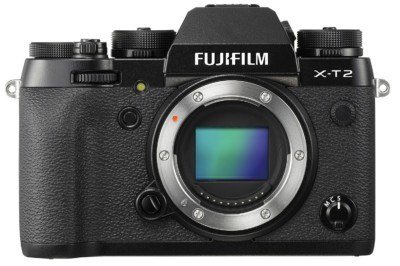
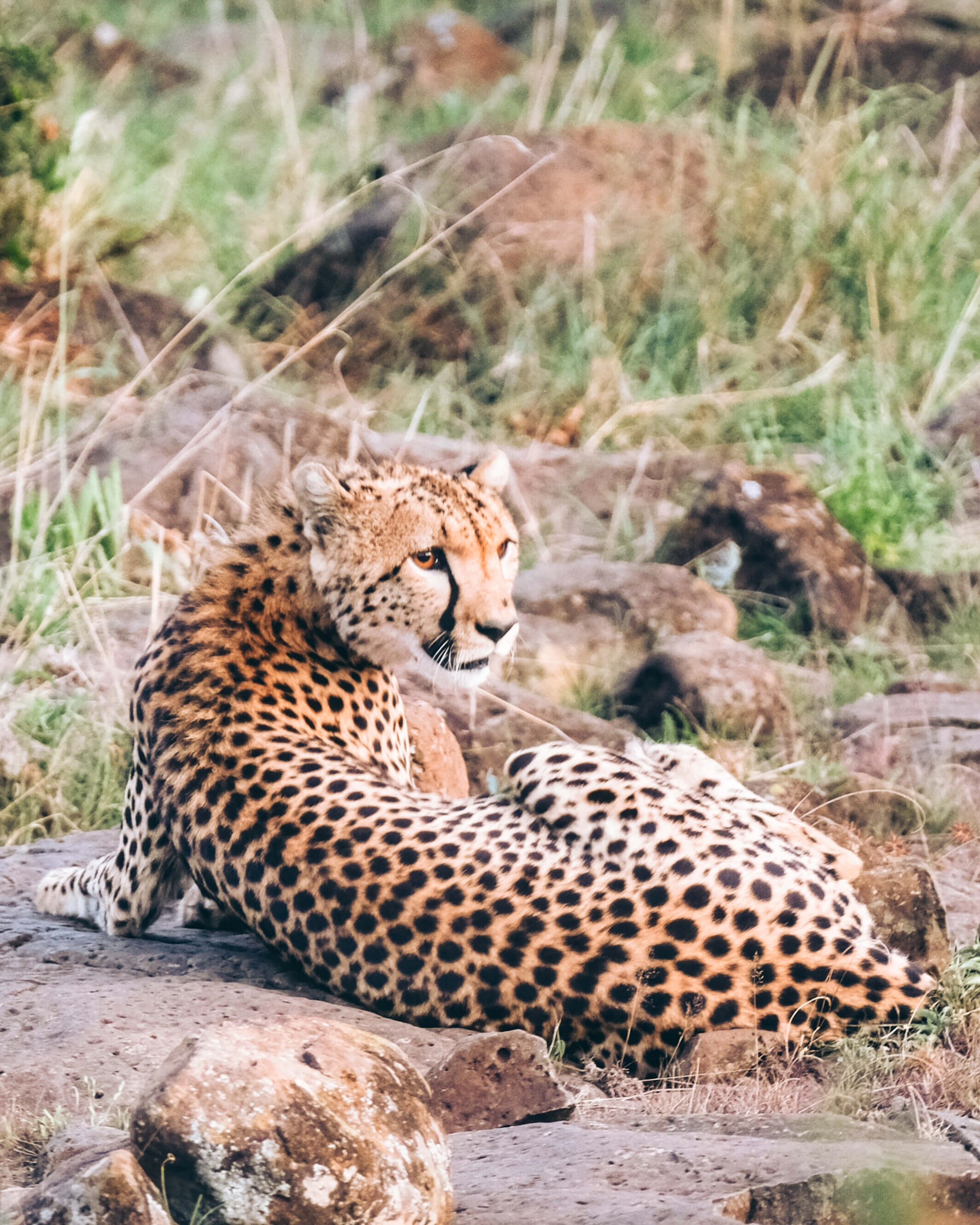
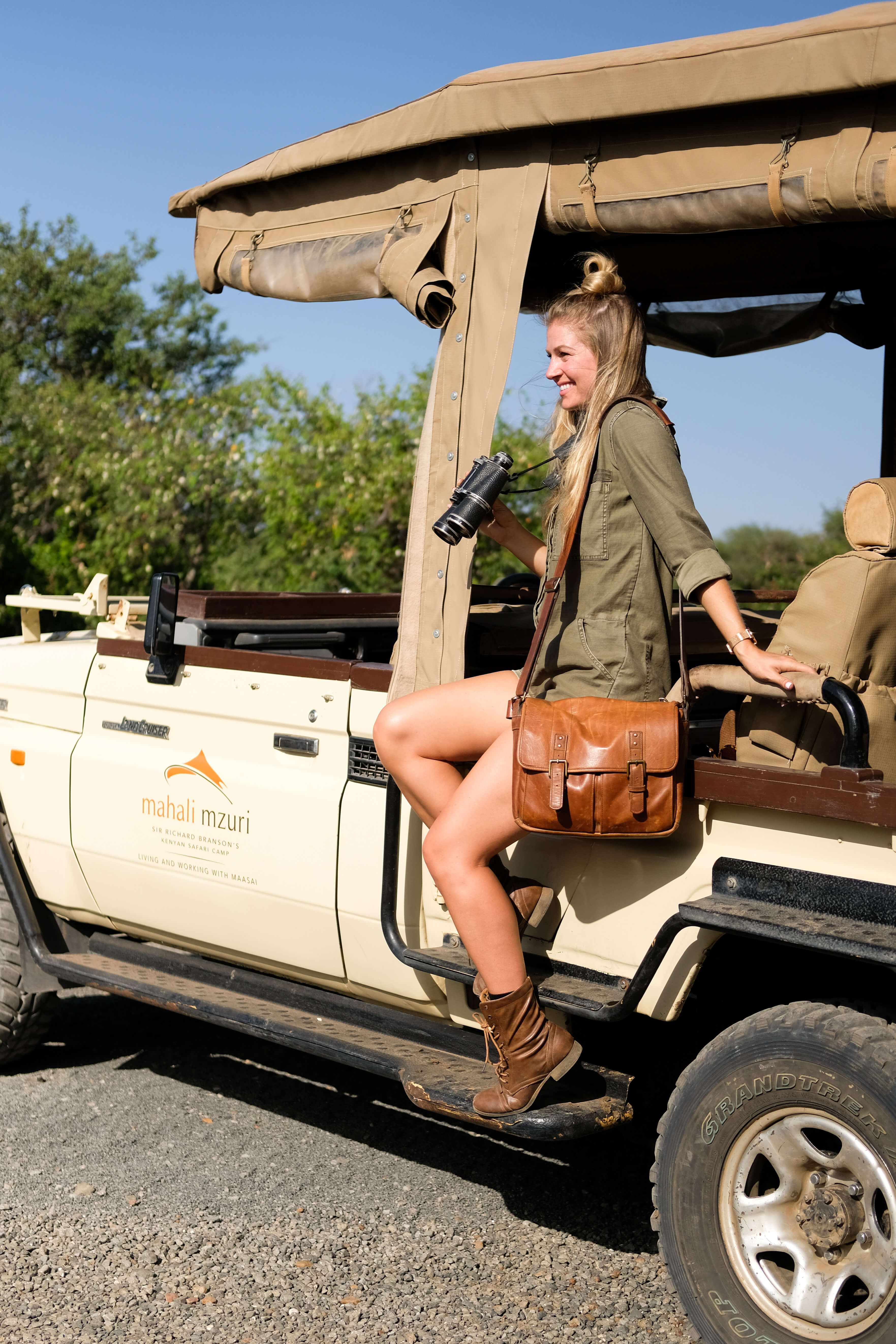

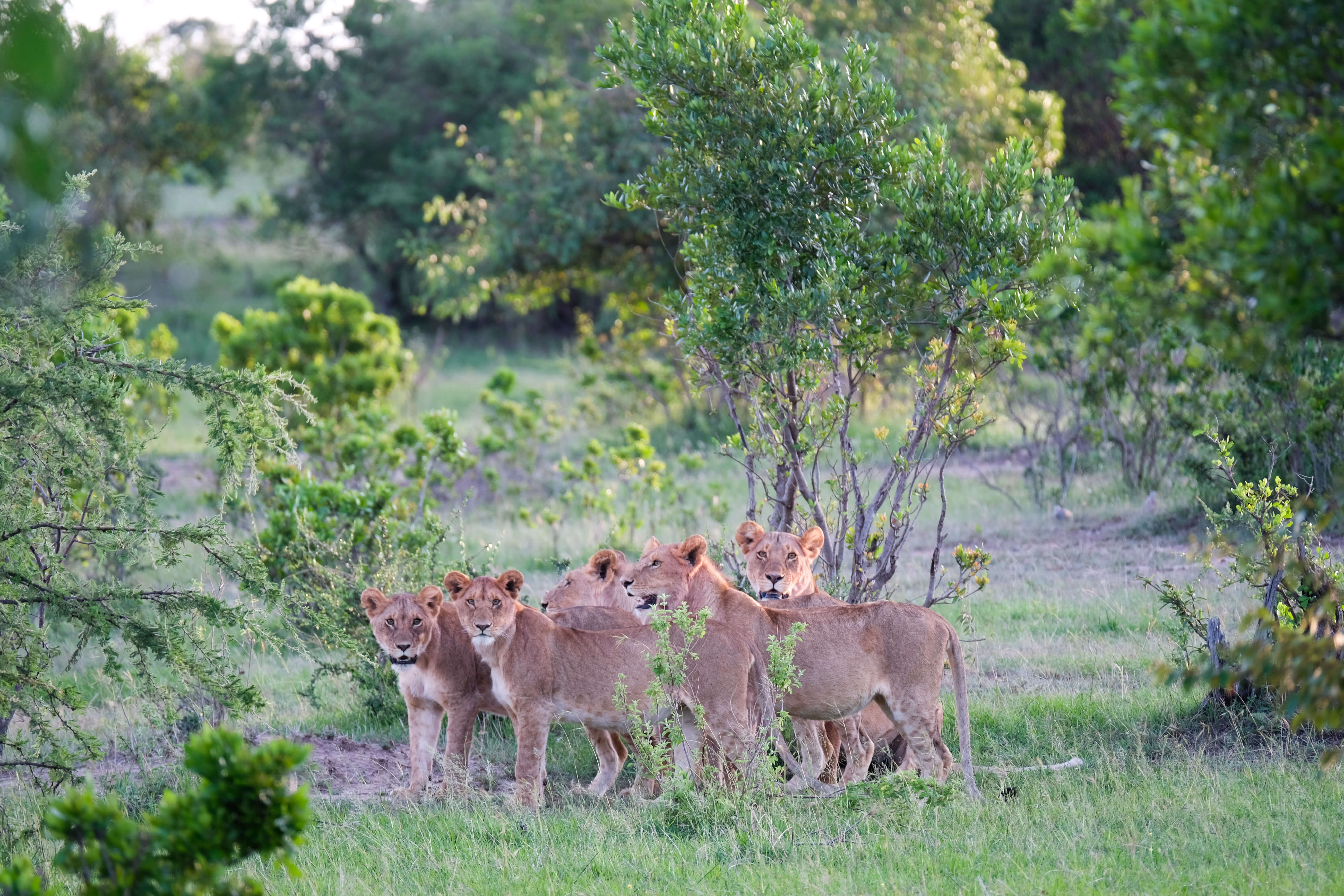

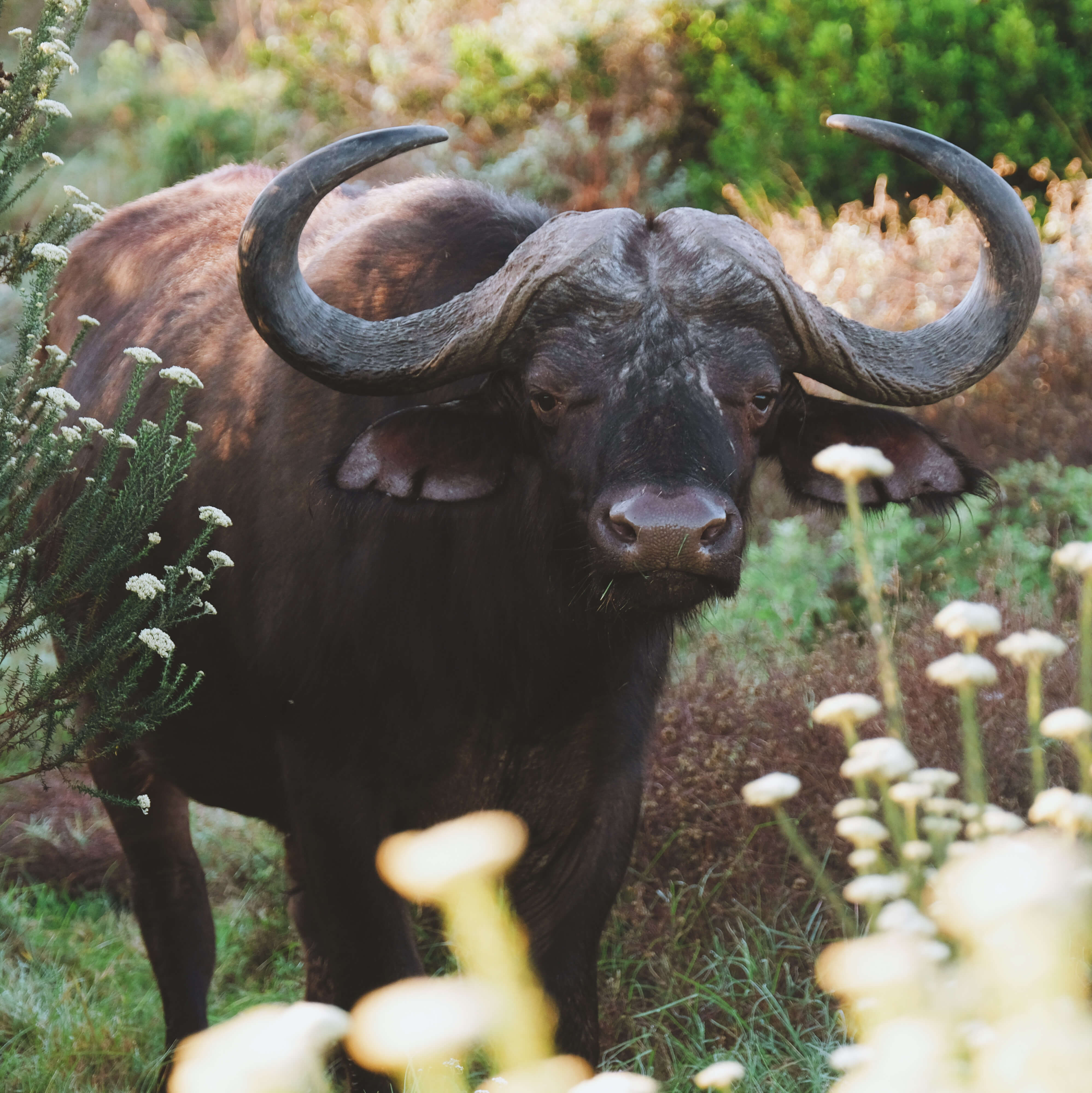
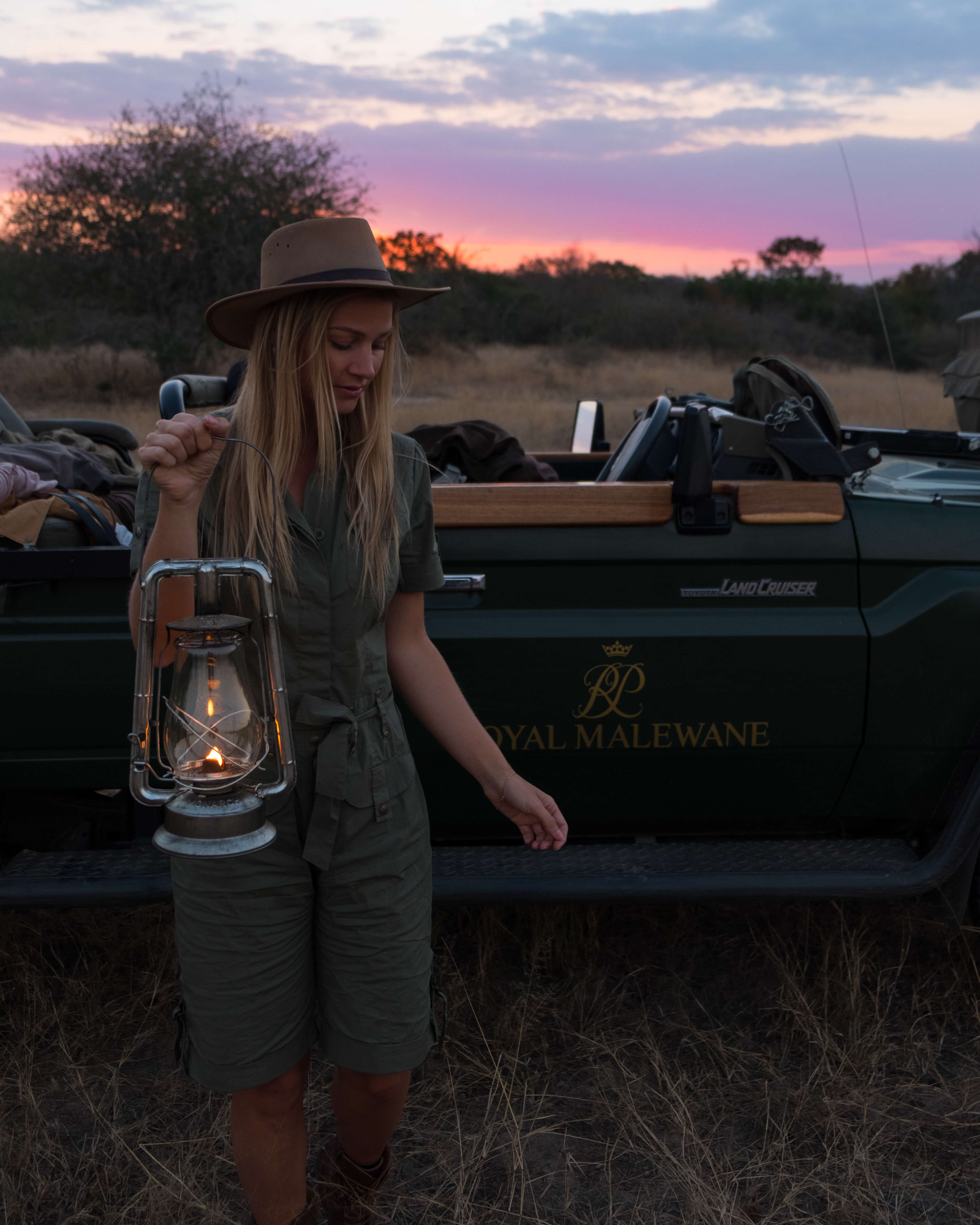
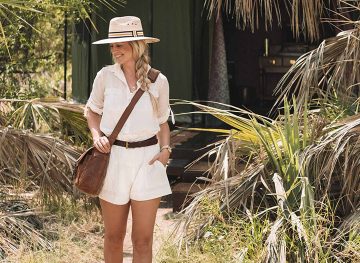
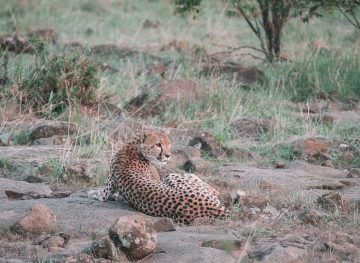
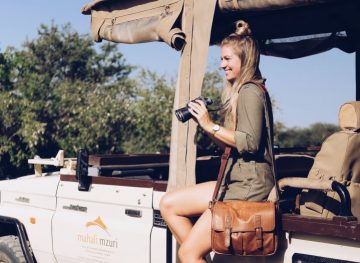
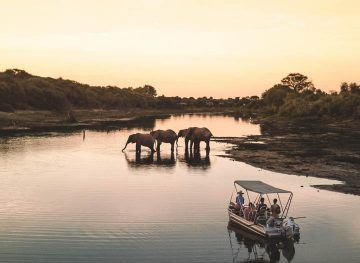
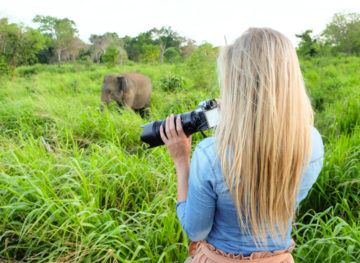
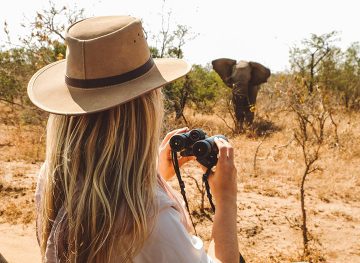




Love this blog post! I’m getting to excited for our safari together next week 🙂 Your photos are absolutely stunning, can’t wait to learn from you!
Xo, Emily
Hey babe! I’m so excited to meet you can’t wait to teach you all my tricks!
This is a wonderful blog with beautiful shots! Am researching a camera for a Safari to East Africa – love working with a DSLR with large zoom but it’s so heavy. Is there a zoom lens option for the Fujifilm X-T2 that you love? A separate zoom attachment? For someone who wants compact but yet wants to get some close-ups of animals, what can you recommend? Thanks so much!!
Hey babe! I love the FUJINON XF55-200mmF3.5-4.8 R LM OIS because it’s still small enough to fit in my purse!